When I have just started writing this column some of my mage friends laughed "what will you do when you go out of cards? “I'll write about the Grizzlies” my answer was. And if you think that I won't find anything to write about the bears, you are terribly wrong. :)
Preved, medved!
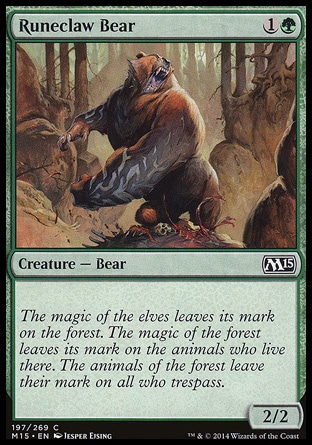
Oracle Text:
Creature — Bear
Grizzly Bears exist in Magic since the very creation of the game and were reprinted many times. The card gave a popular nickname for all 2/2 creatures for 2 mana. So, if you see the word “bear” on any Magic website or forum, it doesn't necessarily refer to Grizzly Bears or any other bear. Glory Seeker, for instance, is a typical bear, while Lord of the Unreal is a bear with a useful ability.
The importance of bears is difficult to overestimate. They will always find their place in a limited format deck, because they correct the mana curve of the deck. It is very important to do something on your second turn; otherwise you might stay behind your opponent.
Bears are widely used in the rules examples, when you need a simple creature without abilities. Bear Cub is my personal favorite, it’s sooo cuddly!
Keep in mind that a Bear can obtain abilities one way or the other:
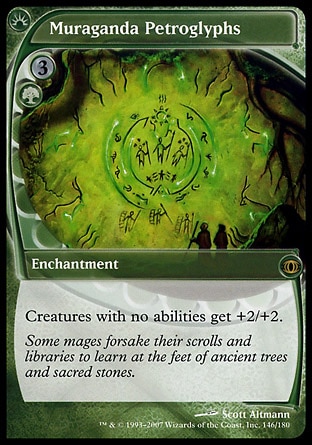
Muraganda Petroglyphs is bears’ best friend: it turns them into 4/4 killing machines.
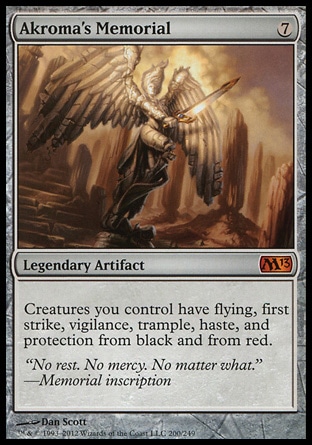
Akroma’s Memorial will give your bear loads of nice abilities, but will also make it lose a bonus from Muraganda Petroglyphs at the same time.

Aqueous Form, on the other hand, doesn’t grant your bear any abilities; it changes the rules of the game. With Muraganda Petroglyphs on the battlefield your equipped bear will be 4/4 and unblockable.
As enchanting your bear with multiple Auras or equipping it with multiple Equipments isn’t restricted, a bear can turn into a very deadly killing machine!
In the past they were printing bears with all sorts of funky things in the creature card’s type line. Check out “The Story of the Three Bears”:
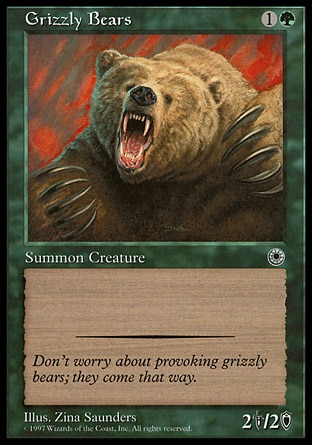
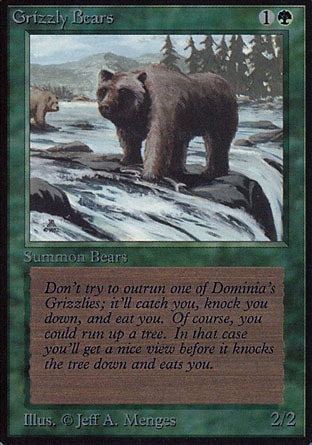
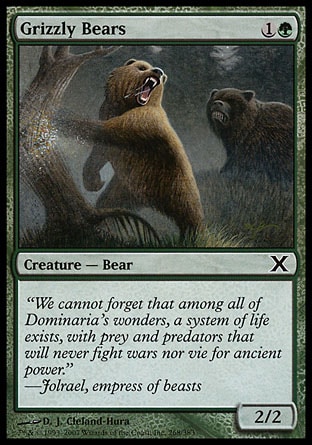
The following rule is used here:
108.1. Use the Oracle™ card reference when determining a card’s wording. A card’s Oracle text can be found using the Gatherer card database at http://gatherer.wizards.com.
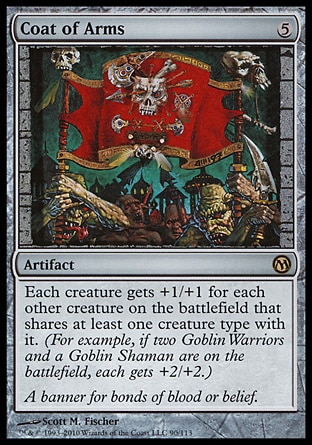

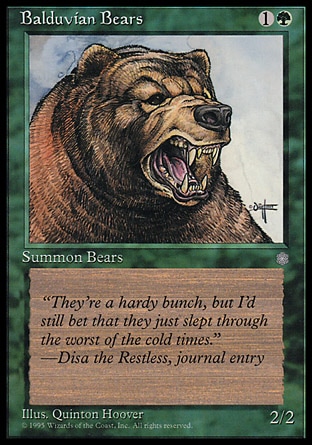
If you control these Balduvian Bears and Grizzly Bears, each of them is “Creature — Bear” and thus counts for the bonus granted by Coat of Arms.
There is also another rule:
201.2. Two objects have the same name if the English versions of their names are identical.
This means that language or expansion symbol your bears were printed with matters not. For example, you can use all Grizzly Bears shown above in your Modern format deck. This is possible due to the following rule for constructed format tournaments:
A card may only be used in a particular format if the card is from a set that is legal in that format or has the same name as a card from a set that is legal in that format. (6.1 MTR)
But you must be careful with cards from Alpha edition. Alpha cards have squared corners and can only be used in sanctioned tournaments in opaque sleeves so that they don’t stand out from the rest of the deck. A Head Judge of the tournament may permit using Alpha cards without sleeves if your deck consists only of Alpha cards.
Let’s now define the terminology.
A Creature, a creature card, a creature cards
A creature card or a token on the battlefield is a permanent. The word “creature” in the rules text only refers to these permanents.
When a creature card (or its copy) is on the stack, it is a spell; rules refer to it as a creature spell.
In all other zones rules refer to the creature cards. Rules text of spells, abilities or other effects will tell what they affect.
As a part of Birthing Pod’s ability activation cost you need to sacrifice a creature. This means you have to put a permanent with a card type “creature” you control from the battlefield into its owner’s graveyard.
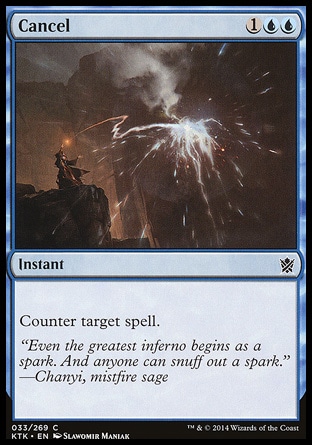
Cancel may counter creature spell, but it can’t do anything with a creature on the battlefield or with a creature card in hand or graveyard.
The text of Graftdigger’s Cage’s first ability uses “creature card”, this means that it only affects cards that were creature cards in the library or the graveyard, not cards of other types that become creatures on the battlefield.
There are two ways a creature card can enter the battlefield: on resolution of a creature spell or due to the effect that puts a creature card directly on the battlefield.
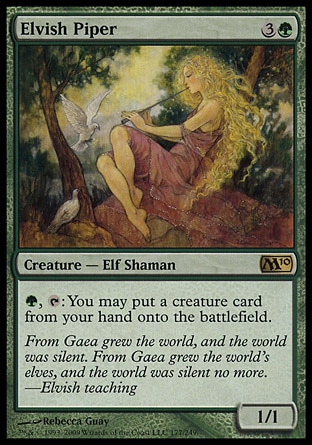
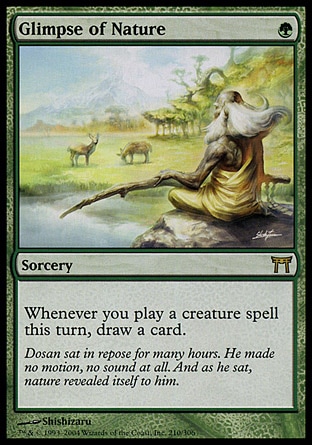
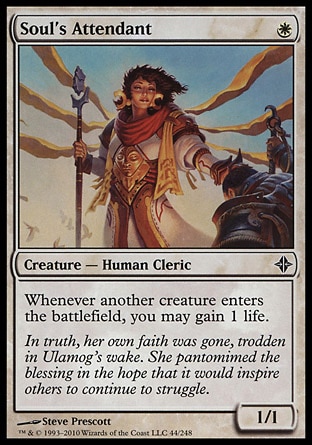
Effect from Elvish Piper’s activated ability allows you to put a bear from your hand onto the battlefield. The bear card has never been a spell and has never been cast, so Glimpse of Nature ability doesn’t trigger, Soul’s Attendant’s ability, however, does, because another creature has just entered the battlefield.
Normally, you can only cast creature cards during the main phase of your turn, when the stack is empty and you have the priority. Sometimes you may do this if an effect allows or instructs you to cast cards.
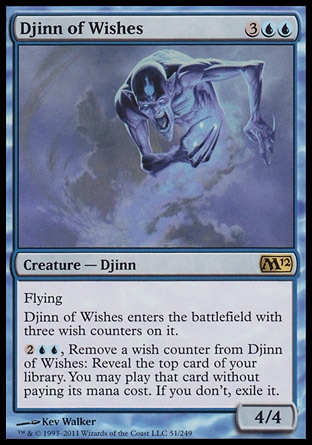
You can activate Djinn’s ability during your opponent’s turn and on resolution it allows you to cast a bear.
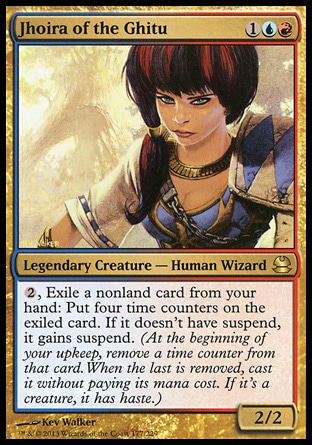
Jhoira’s ability grants your bear Suspend, one of the triggered keyword abilities that instruct you to cast a card on its resolution.
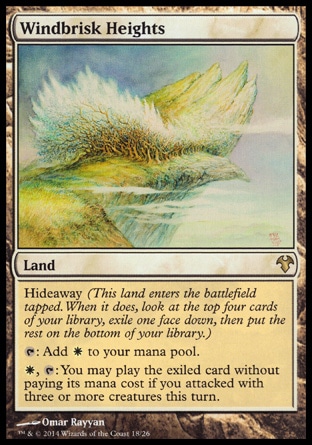
You can cast a bear hidden with Windbrisk Heights on resolution of its ability during your combat phase, for example.
Creature cards with Flash can be cast any time you have the priority. So, if you control Teferi, your bear can “jump in” almost any time you want.
According to the rules the process of casting creature cards (or any other non-land cards) consists of the following stages: you put a creature card on the stack, define its total casting cost and it “locks in”, then you get a chance to activate mana abilities (but only if the total cost requires mana), and, finally, you pay the cost. Only after you pay the cost the creature spell is considered cast. The spell stays on the stack until it resolves, is countered or is otherwise removed from the stack:



Various counterspells confuse and puzzle many new mages. Yes, they can counter creature spells (they are no different to other spells). Moreover, there are special spells that counter only creature spells, e.g. Remove Soul AKA “Begone, soulless wretch!”
On resolution of creature spell the card is placed on the battlefield under control of the spell’s controller and becomes a permanent. Since then it’s referred to simply as “creature”.
Summoning sickness
A creature that has just entered the battlefield is affected by so called “summoning sickness”. Unless it has Haste, it can’t attack right away or use activated abilities that has tap or untap symbols in the activation cost. If an ability doen't have tap or untap synbol in it's cost, the “summoning sickness” doesn't applay:
You can use any untapped creature for Crewing the Vehicle. It doesn't matter is it sick or not.
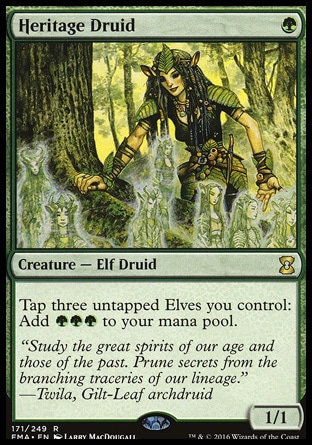
You couldn't find tap symbol in Heritage Druid's text. So you can use Elfs, that just enter the battlefield.
Summoning sickness doesn’t prevent you from tapping the creature for Convoke.
The game does not ask how long the object was or was not a creature. Only controlling the object matters.

Animated Mutavault can attack or produce mana only if you control it continuously since your most recent turn began.
If Boon Satyr stops being attached to an creature it used to enchant, it becomes a creature. It isn't sick if you control it continuously from the begining of your turn.
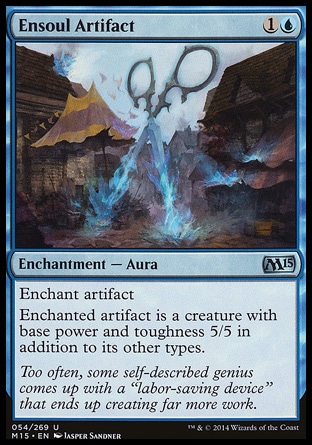
It doesn't matter then you enchanted an artifact with Ensoul Artifact, it matter how long and continuous you control it.
In fact, “summoning sickness” isn’t actually connected to the summoning itself but it’s connected to the controlling the permanent:
302.6. A creature’s activated ability with the tap symbol or the untap symbol in its activation cost can’t be activated unless the creature has been under its controller’s control continuously since his or her most recent turn began. A creature can’t attack unless it has been under its controller’s control continuously since his or her most recent turn began. This rule is informally called the “summoning sickness” rule.
A creature has a controller and an owner and most of the time those are the same player. Sometimes, when a cunning opponent “rents” your bear, the continuity of the control mentioned in the rule is violated. After this point it is irrelevant how long the bear has been on the battlefield, what is important is that it changed the controller.
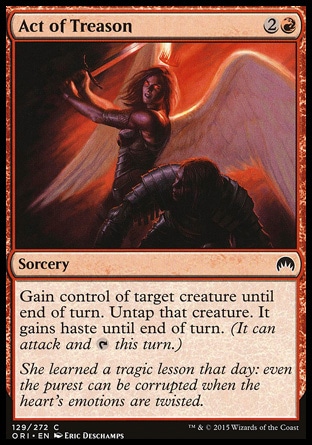
When a bear changes its controller, Auras and Equipments attached to it stay attached, they do not change the controller along with the bear. For certain Auras the change of the controller of the permanents they enchant can unattach them and, as a result, they’ll go straight to the graveyard the next time SBA are performed (e.g. Aura with “enchant a green creature you control with mana value equal to 2”).
For the dessert I bring you a comic by Eldar Tagi-Zade…

… and a report called “I played my metagame-breaking "36 Bears" in the 128-man "Win a Piece of Power 9" tournament at Worlds.”
- ⇑ Mana curve is a plot that shows the distribution of cards with certain mana value among the cards in a particular deck.
- ⇑ Power Nine refers to a set of nine specific cards. These cards were only printed early in the game's history and consist of Black Lotus, Ancestral Recall, Time Walk, Mox Sapphire, Mox Jet, Mox Ruby, Mox Emerald, Mox Pearl, and Timetwister.
Translated by Lev Kotlyar

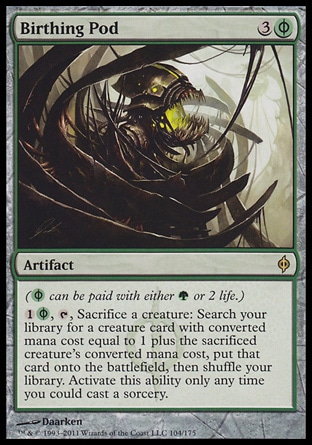
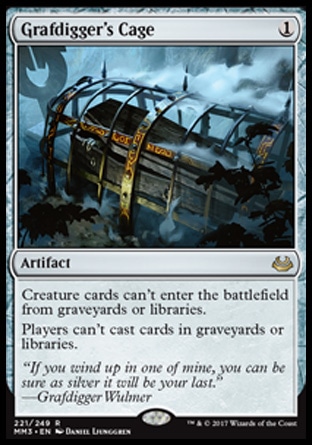
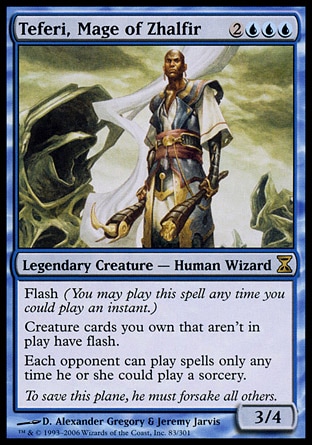
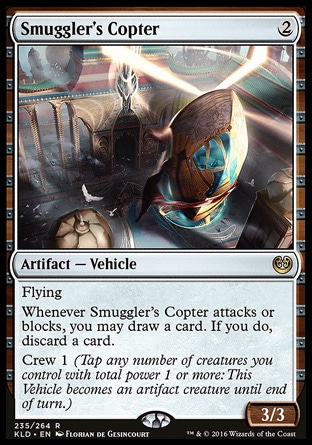


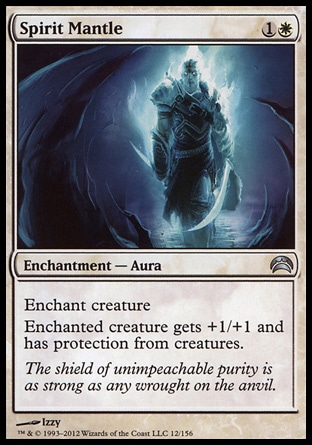
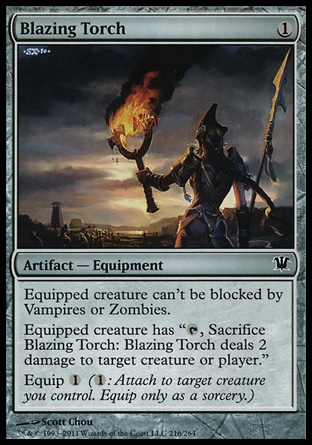
Now they print “Creature — Bear” (which means “creature” is the card type and “bear” is its subtype). Besides, this is “printed” on all Grizzle Bears cards regardless of editions. All Grizzly Bears are equal for Magic.